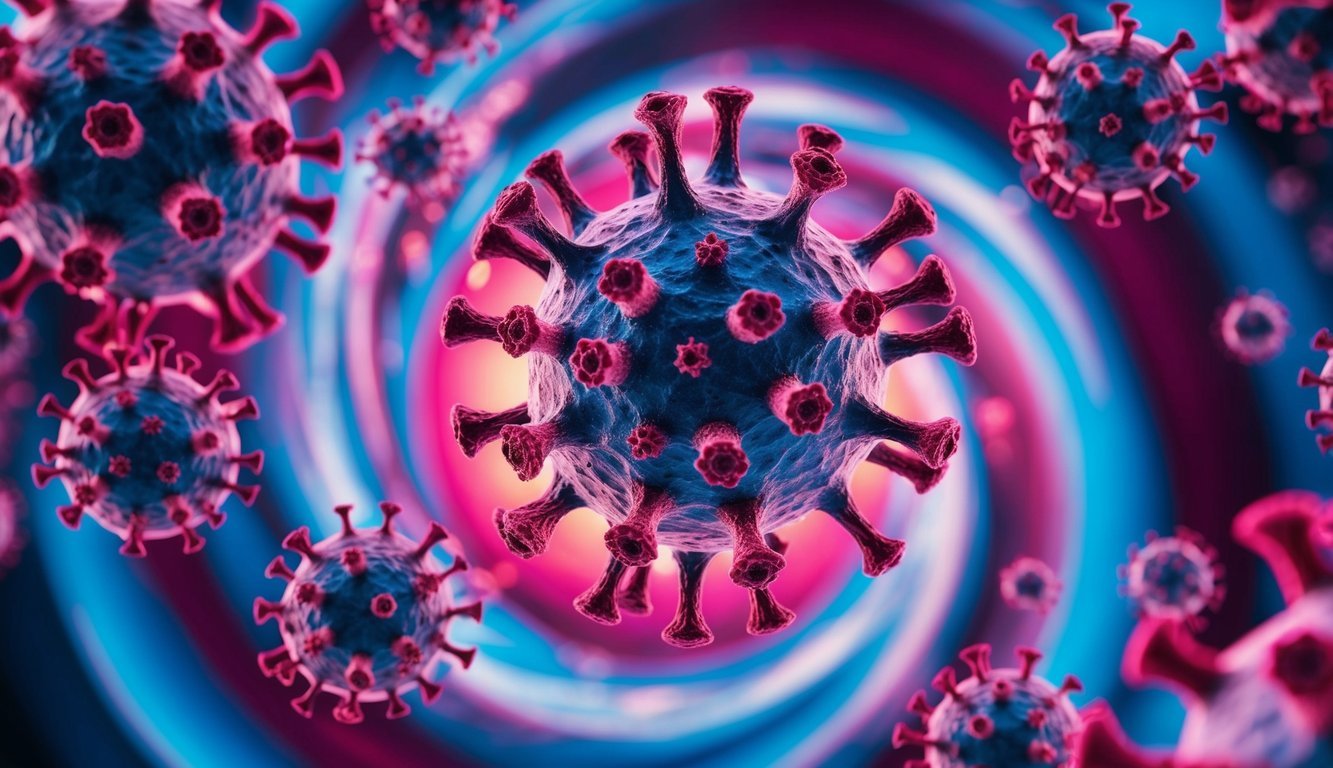
Recent studies have identified nine unique mutations in a bird flu strain originating from a Texas resident, unveiling its heightened capability to replicate within human cells and leading to more severe illness in mouse model experiments.
Importantly, all currently approved antiviral medications by the FDA have proven effective against this mutated version of the virus.
Study Findings and Observations
In findings shared by the Texas Biomedical Research Institute (*Texas Biomed*) in the journal *Emerging Microbes & Infections*, researchers noted that this specific strain of H5N1 is one of the earliest documented cases from a human perspective.
When compared to a strain discovered in dairy cattle, notable genetic differences emerged.
The mutations present in the human strain raise alarming discussions about the adaptability of H5N1, especially as it has begun spreading among various mammal species, including dairy cows, since early 2024.
By early 2025, the outbreak had spread across several states in the U.S., primarily impacting farm workers.
Although most reported human cases have been mild, there’s a rising concern following the death of an individual linked to infected chickens in January 2025.
Fortunately, the virus has not demonstrated the ability to transmit between people.
Research on Mutations and Health Risks
Experts at Texas Biomed emphasize the need for urgent research.
They warn of the potential for the virus to evolve, increasing the risk of human-to-human transmission.
Professor Luis Martinez-Sobrido leads a laboratory devoted to studying H5N1, employing specialized techniques and animal models to assess potential vaccines and antiviral treatments.
The researchers found that the strain from the human patient had nine unique mutations, indicating these changes likely occurred post-infection.
In their experiments with mice, they observed that the human strain replicated more effectively and caused more severe health issues and elevated viral loads in brain tissues compared to the bovine strain.
The efficacy of several FDA-approved antiviral drugs was tested against both viral strains, reassuring health experts that these mutations did not diminish the medications’ effectiveness.
This knowledge is vital, as these antiviral drugs represent a critical defense in the event of a pandemic, particularly given the lack of immunity to H5N1 in humans and the limited benefit of seasonal flu vaccines.
Future Research and Recommendations
Further studies at Texas Biomed will investigate each mutation within the human strain of H5N1.
Researchers hope to pinpoint which specific alterations lead to its increased pathogenicity and virulence.
They are especially keen to understand the virus’s capacity to infect a broad range of mammalian species, the reasons behind the differing degrees of infection severity in cows versus cats, and the comparatively lower risk of transmission from infected dairy cows in contrast to poultry.
In a related study, Dr. Ahmed Mostafa Elsayed and his colleagues have chronicled the history of H5N1 among dairy cattle in their recent publication in *mBio*.
They advocate for a holistic “One Health” approach aimed at reducing risks to humans and animals alike.
Their recommendations include eradicating bird flu from dairy herds, which could help minimize the chance of additional mutations and disease spread.
Suggested initial measures comprise stringent decontamination of milking equipment and tighter quarantine protocols to control the virus’s transmission among cattle populations effectively.
Source: ScienceDaily

